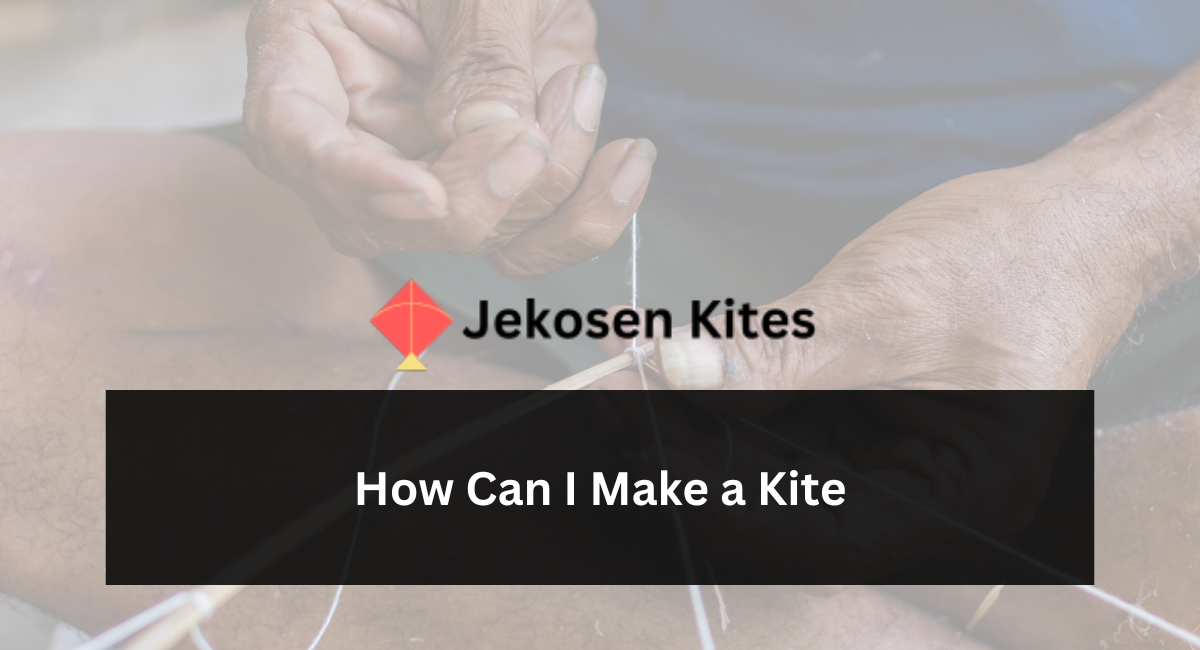Making a kite is not just a craft; it’s an adventure waiting to happen. It’s about creating something that can soar high, just like your spirits when you see it take flight.
This simple guide will walk you through making your very own kite with materials you can easily find at home or at a local store. Let’s get crafting and prepare for the joy of watching your creation come alive in the sky.
What You’ll Need
Before we start, let’s gather our materials. You’ll need:
- 1 large sheet of paper (preferably lightweight, like kite paper or a large plastic bag)
- 2 wooden dowels or bamboo sticks (one longer than the other for the spine and crossbar)
- String (for the frame and the flying line)
- Scissors
- Ruler
- Pencil
- Glue or tape
- A ribbon or fabric for the tail
Step 1: Making the Frame
- Measure and Cut the Dowels: For a standard diamond kite, let’s say the longer dowel (spine) is about 24 inches and the shorter dowel (crossbar) is about 20 inches.
- Form the Cross: Lay the shorter dowel across the longer one, creating a cross shape. The crossbar should be about one-third of the way down the spine.
- Secure the Cross: Use string to tie the two dowels together securely at the intersection. A dab of glue can help keep this in place.
Step 2: Prepare the Sail
- Lay Out the Paper: Place your paper or plastic bag flat on the ground and lay the frame on top of it.
- Trace the Frame: Using your pencil, draw a line around the frame, leaving an inch or so of margin for attaching the sail to the frame.
- Cut Out the Sail: Cut along the lines you’ve drawn to create the sail for your kite.
Step 3: Attach the Sail to the Frame
- Attach with Glue or Tape: You can choose to glue the edges of the paper down over the frame or tape them. Make sure the sail is taut but not overly tight, as it needs some flexibility to catch the wind.
- Trim Excess: If there’s any excess paper or plastic beyond the tape or glue, trim it off to keep your kite lightweight and aerodynamic.
Step 4: Adding the Bridle
- Measure and Cut the String: Cut a piece of string about 50 inches long. This will be your bridle, which is crucial for controlling the kite.
- Attach the Bridle: Tie one end of the bridle string to the top of the spine, and the other end to the bottom where the spine and crossbar meet. Make sure the knot is secure but can slide a bit up and down the spine for adjustments.
- Find the Balance Point: Hold the bridle string and adjust it until you find the point where the kite balances and hangs horizontally. This is usually around where the crossbar is tied to the spine.
- Tie a Loop: Once you find the balance point, tie a small loop in the bridle string. This is where you’ll attach your flying line.
Step 5: The Kite Tail
- Cut the Ribbon or Fabric: The tail should be about 2 to 3 times the length of the kite. If you’re using ribbon, you might not need to cut it, but fabric will need to be cut into long strips.
- Attach the Tail: Tape or tie the tail to the bottom of the kite’s spine. The tail helps stabilize the kite, so it flies smoothly.
Step 6: Attach the Flying Line
- Prepare the Flying Line: Unravel some of the string from your spool – this will be your flying line.
- Attach to the Bridle: Tie the flying line to the loop you made in the bridle string. Make sure it’s secure!
Tips for Successful Kite Making and Flying
- Test as You Go: After each major step, gently test how your kite feels. Is the frame sturdy? Is the sail too tight or too loose?
- Adjust the Bridle: If your kite isn’t flying well, you might need to adjust the bridle. Moving it up or down can change how the kite catches the wind.
- Decorate Your Kite: Before attaching the sail to the frame, feel free to decorate it with markers, stickers, or paint to make your kite uniquely yours.
- Fly in Open Spaces: When you’re ready to fly, choose a wide, open space away from trees and power lines. Beaches and parks are great for this.
- Be Patient: Kite flying, like kite making, requires patience. If it doesn’t take off right away, don’t be discouraged. Adjust, try again, and enjoy the process.
Conclusion
Making a kite is a fun, rewarding experience that combines creativity with a bit of physics and a lot of joy. Whether you’re making it alone, with friends, or with family, the process of creating something that can fly is magical.
Once your kite is up in the air, all the effort will feel worth it as you watch it dance with the wind.
Remember, each kite has its personality, so don’t be afraid to experiment and learn from each attempt. Here’s to the joy of flying and the pride of saying, “I made that!”



